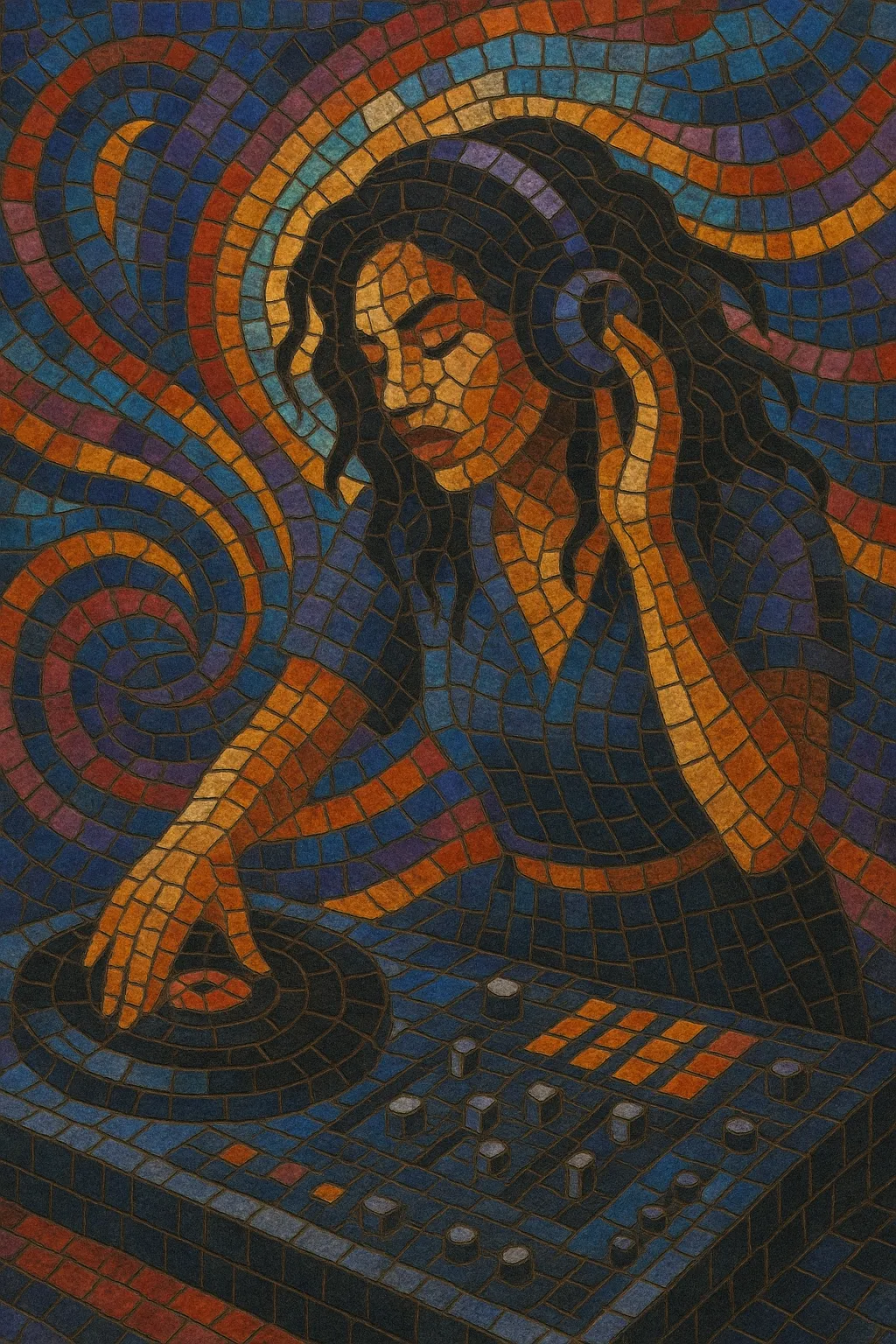Freestyle (often called Latin freestyle) is a vocal-driven form of dance-pop that emerged in the mid-1980s in the United States, blending electro drum programming, boogie/post-disco grooves, and bright synth-pop textures with emotive, often bilingual (English/Spanish) lyrics.
Typical tracks run around 110–125 BPM and feature TR-808/909-style drums, syncopated basslines, gated-reverb claps/snares, and catchy synth stabs or arpeggios. The songs frequently center on themes of love, heartbreak, and longing set against club-ready beats—creating a bittersweet, dancefloor-friendly mood.
Stylistically, freestyle sits between electro and pop: it retains electro’s machine funk and edit tricks, but foregrounds big choruses, melismatic vocal hooks, and dramatic bridges that made it a staple of urban radio and club culture across New York, Miami, and beyond.
Freestyle crystallized in Latino and Italian American club communities in New York (especially the Bronx, Queens, and Brooklyn) and in Miami. It grew from the electro and post‑disco continuum—think drum machines, synth bass, and tape/edit culture—while embracing pop songcraft and dramatic, heartfelt vocals. Landmark records like Shannon’s “Let the Music Play” (1983, Emergency Records) signaled the template: a machine‑funk groove, stabbing synths, and a soaring, bittersweet hook.
Producers, DJs, and editors such as Lewis Martineé (Exposé), The Latin Rascals (masters of razor‑blade tape edits on NYC radio), Tony Moran, Carlos Berrios, and Andy “Panda” Tripoli helped define the sound. Labels including Emergency, Cutting, Fever, Atlantic, and Micmac pushed the scene across clubs and urban radio (WKTU, WBLS). Miami’s parallel electro scene (Debbie Deb, Pretty Tony) cross‑pollinated with New York’s, further codifying the style.
By 1986–1990, freestyle was a major force in U.S. dance‑pop. Acts like Lisa Lisa & Cult Jam, Exposé, TKA, The Cover Girls, Noel, and Stevie B scored radio hits and Billboard chart placements. The music’s emotive narratives—romance, heartbreak, reunion on the dancefloor—paired with crisp 808s and gleaming synths made it a staple at clubs, school dances, and urban stations nationwide.
As house, new jack swing, hip‑hop, and later eurodance rose, freestyle’s chart presence waned. Some artists and producers migrated toward house and pop‑R&B, while regional strongholds (South Florida, New York/New Jersey, Philadelphia, California) kept the scene alive through specialized radio, clubs, and independent labels.
Freestyle remains a vibrant legacy scene with nostalgia tours, specialty radio shows, and reissues. Its DNA—emotive hooks, syncopated electro drums, and gleaming synths—echoes in Latin pop, dance‑pop, and occasional throwback tracks. Contemporary producers sometimes cite or sample freestyle aesthetics, keeping its bittersweet dancefloor spirit in circulation.


